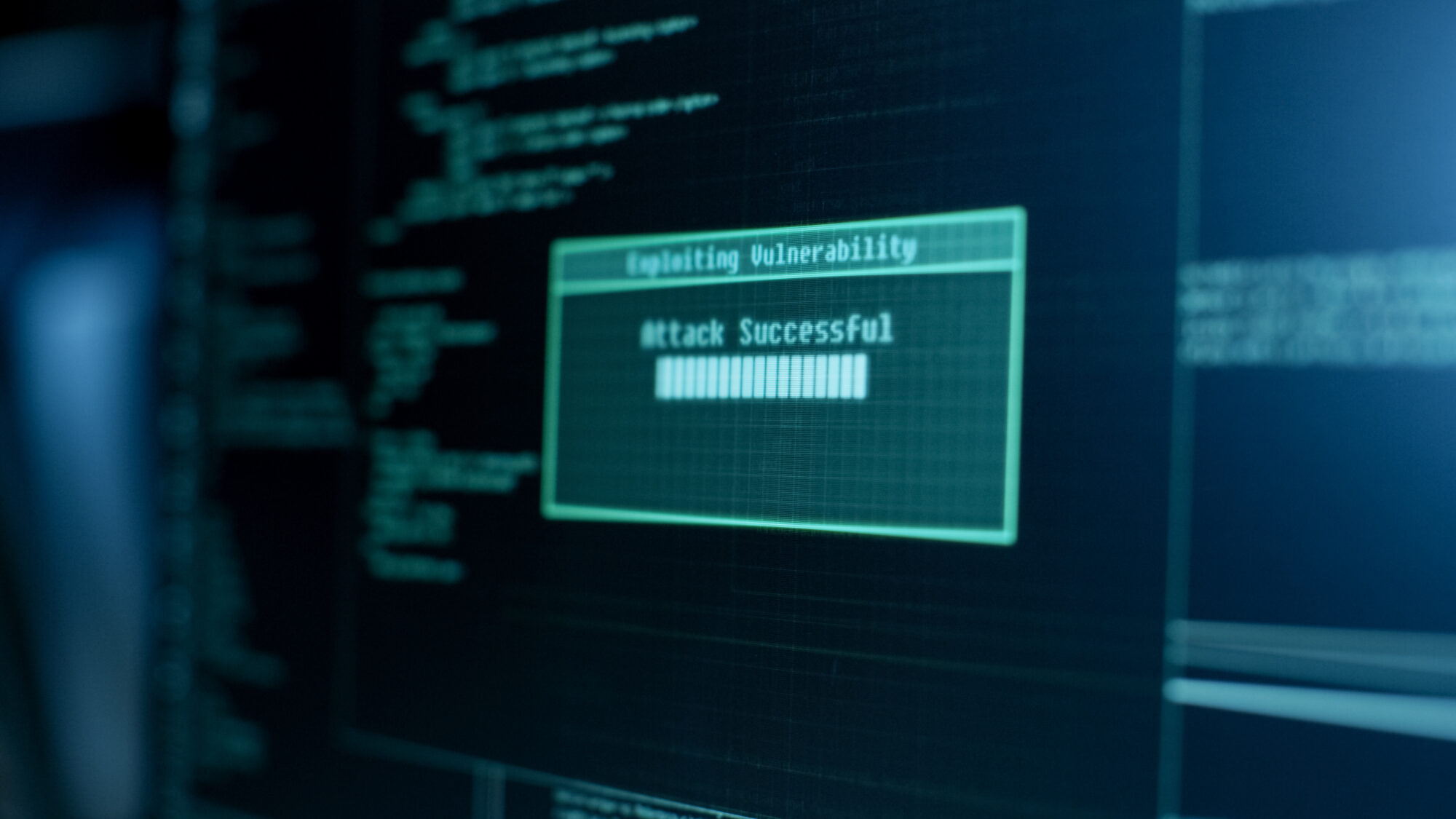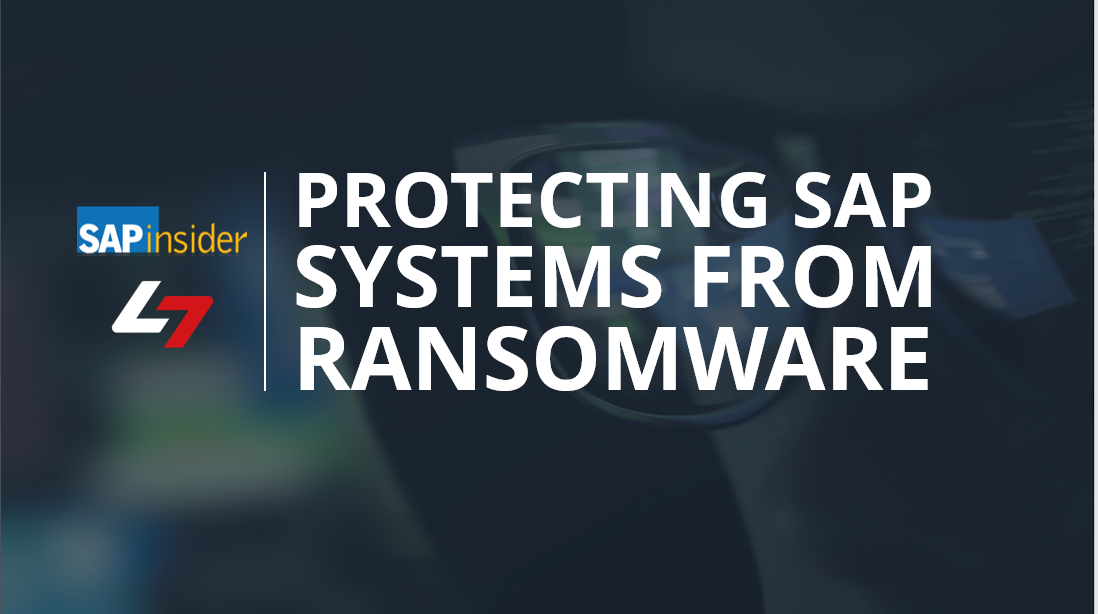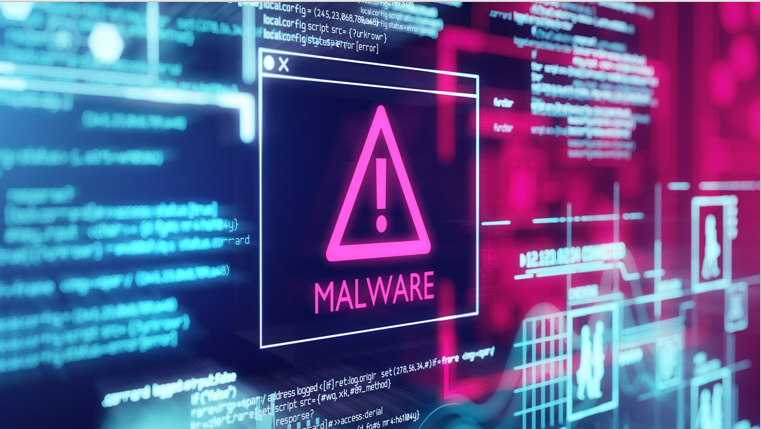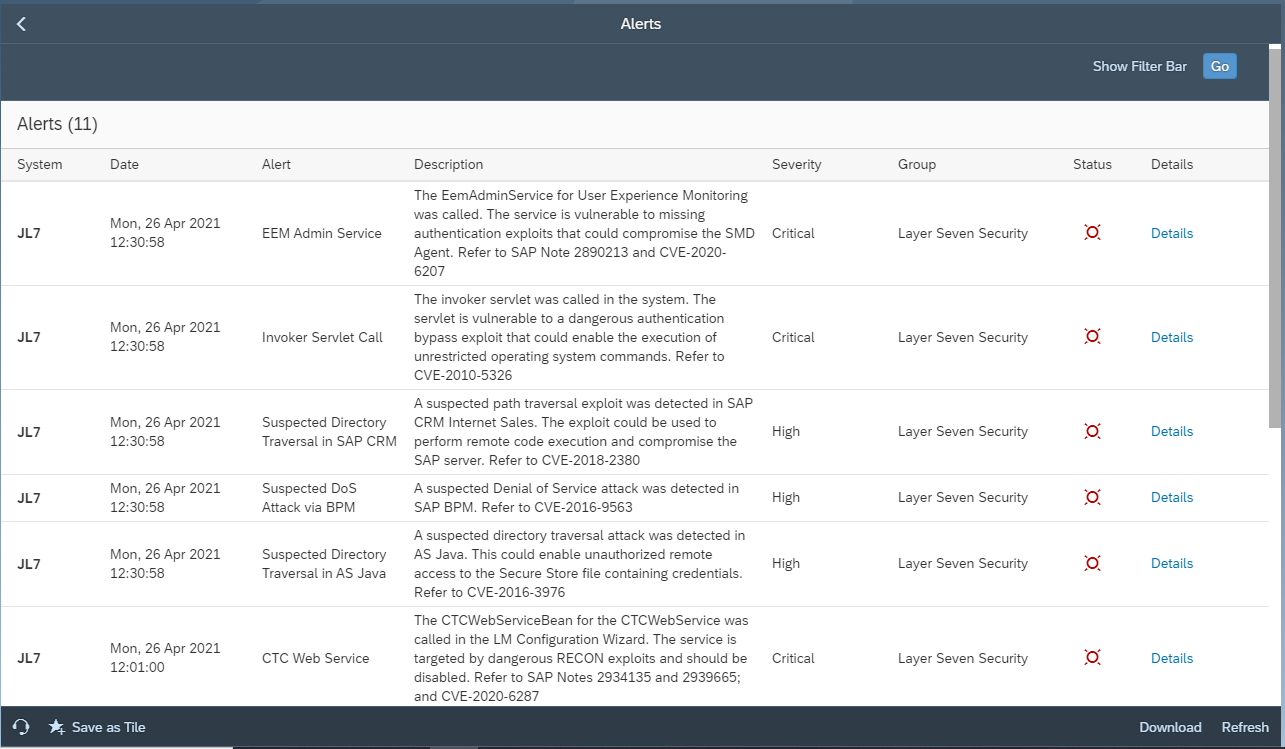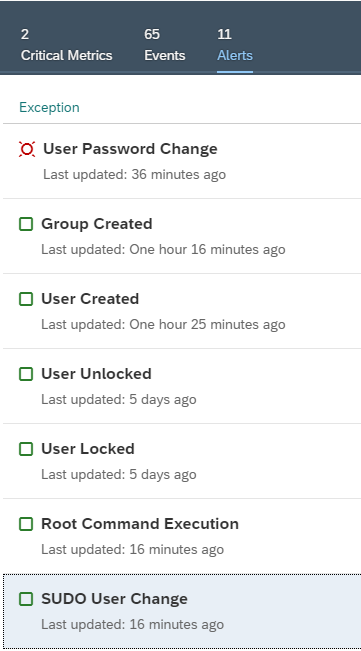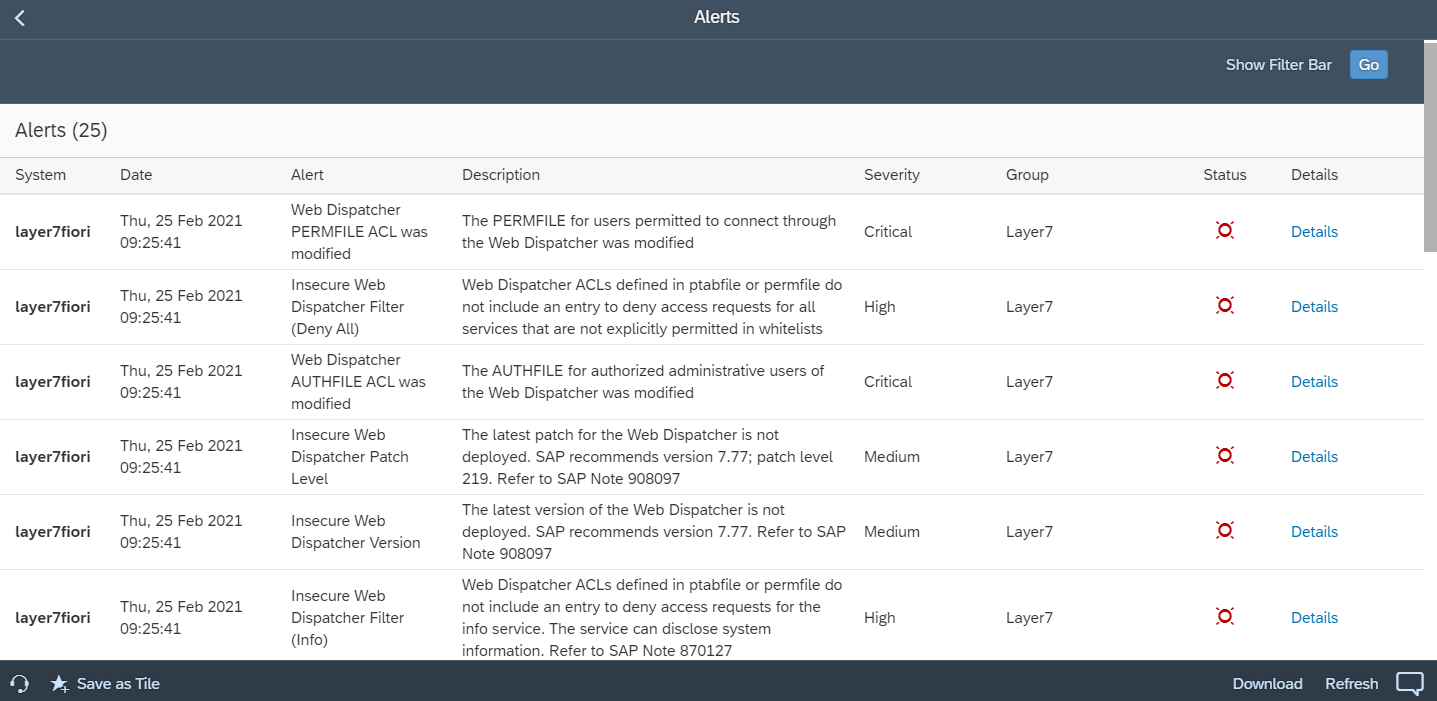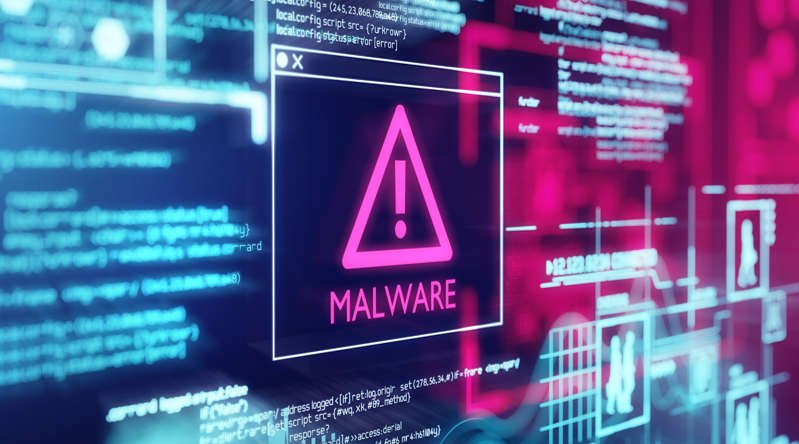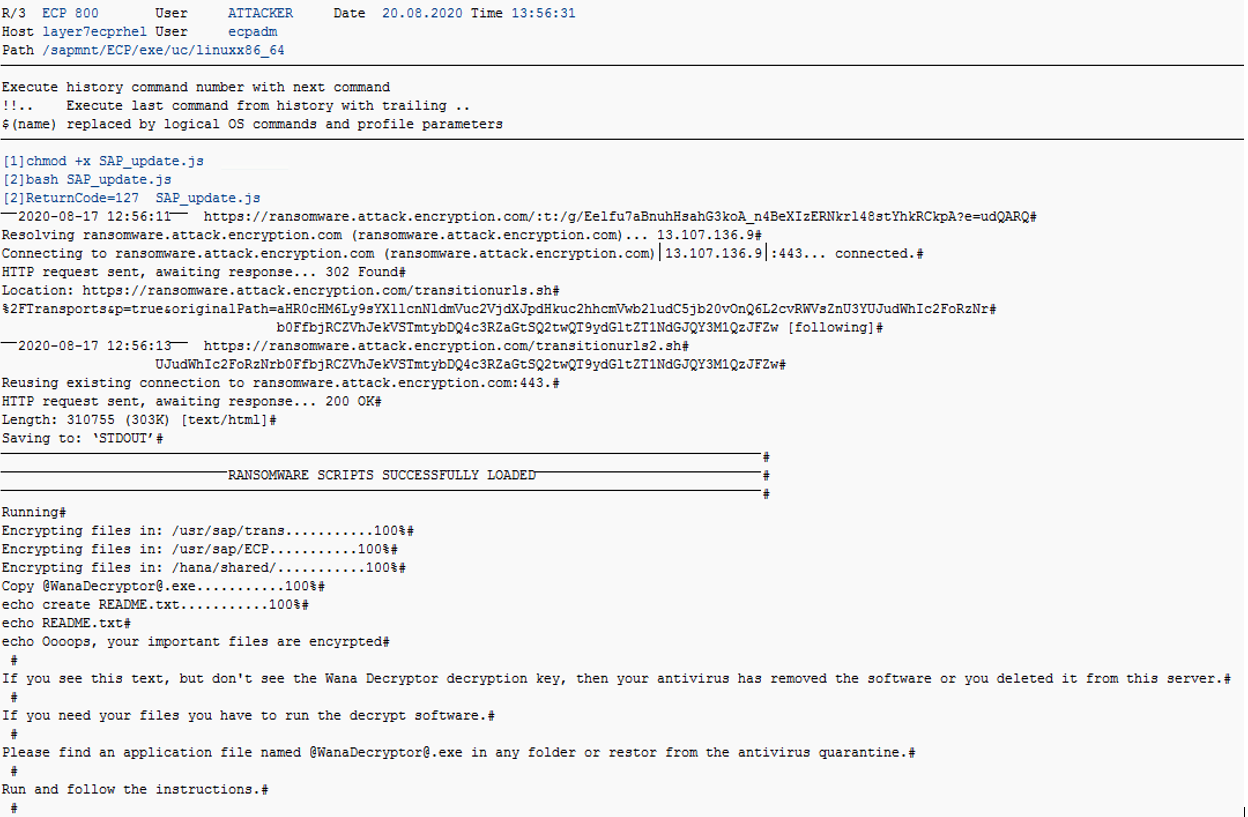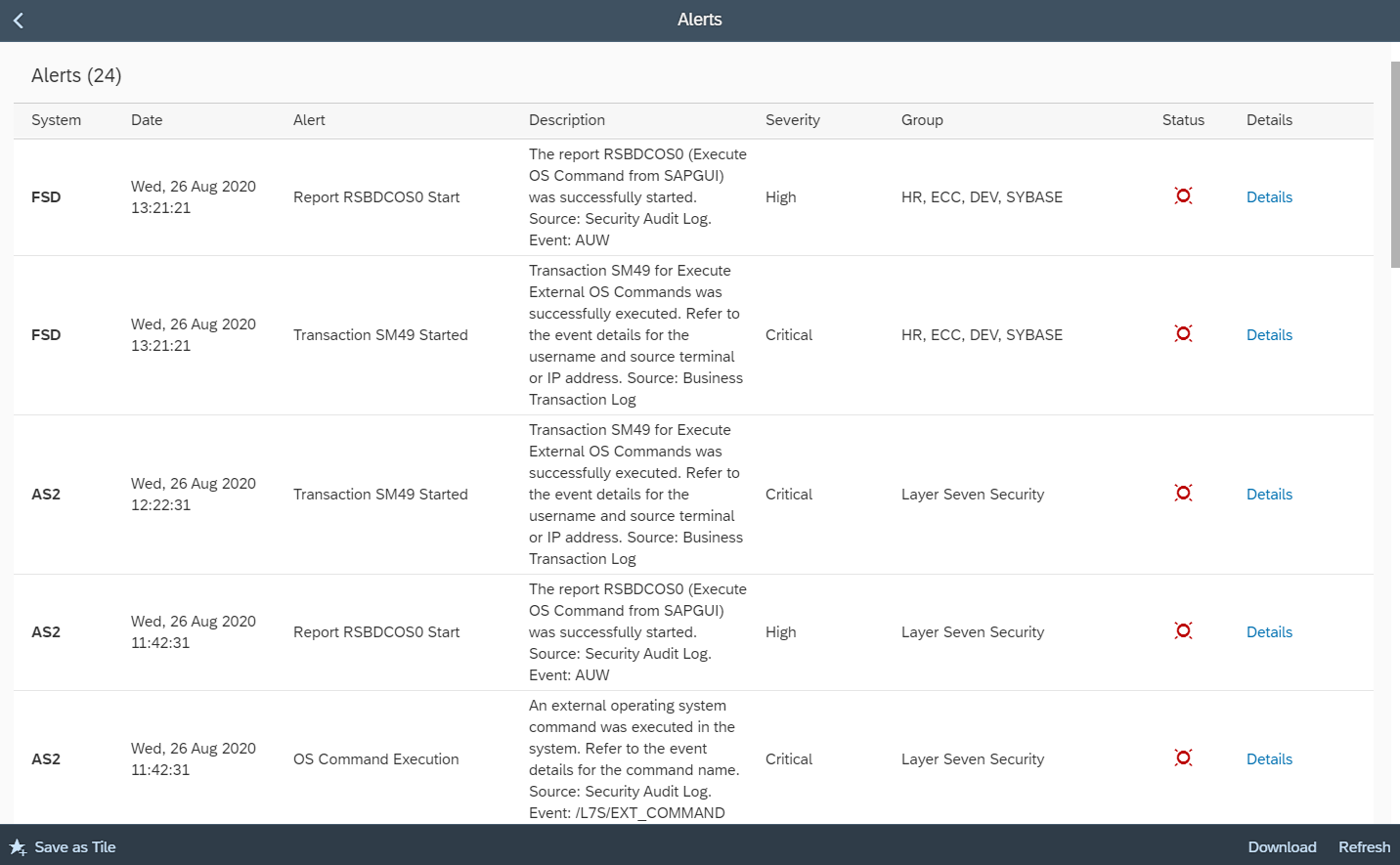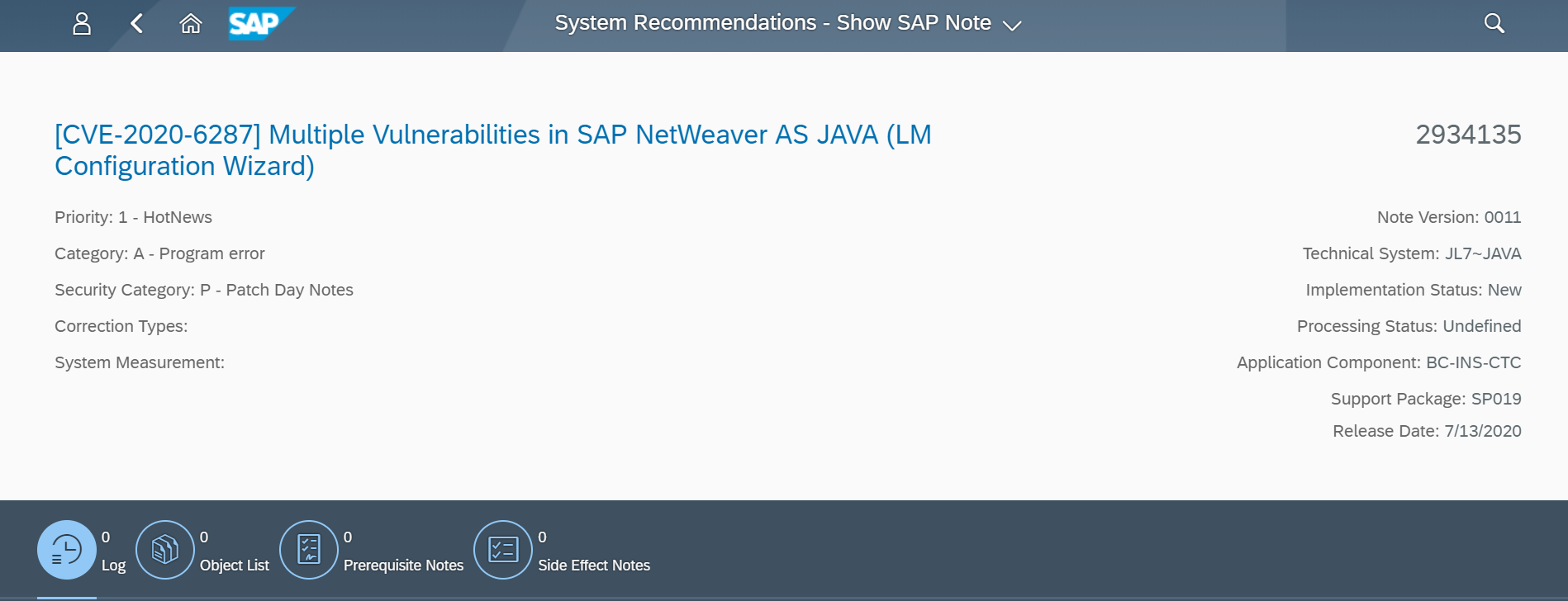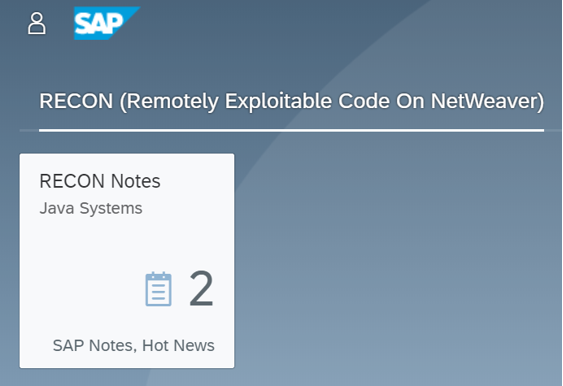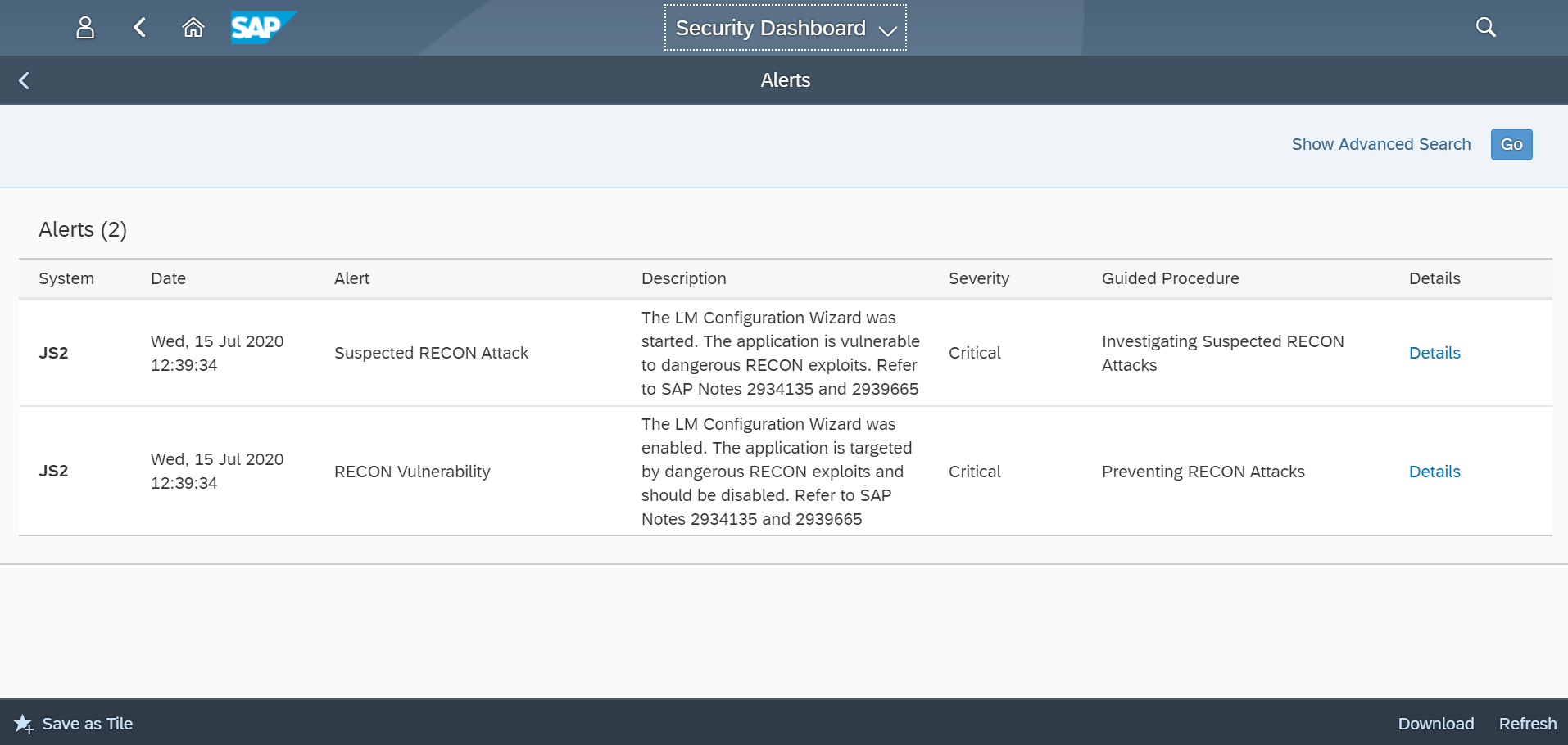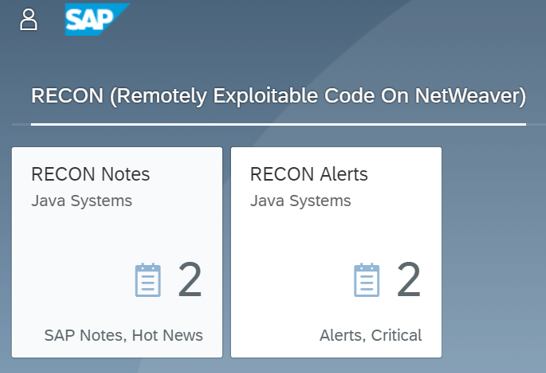CISA Issues Directive for Actively Exploited SAP Vulnerabilities
The US Cybersecurity and Infrastructure Security Agency (CISA) issued Binding Operational Directive 22-01 on November 3 to compel government departments and agencies to remediate specific vulnerabilities with known exploits. According to CISA, the vulnerabilities pose a significant risk to information systems. This includes several vulnerabilities for SAP applications that must be remediated by May 3, 2022. Agencies have 60 days to review and update their vulnerability management policies in accordance with the Directive.
The Directive addresses weaknesses with the Common Vulnerability Scoring System (CVSS) used for rating Common Vulnerabilities and Exposures (CVE) in the National Vulnerability Database (NVD). CVSS does not take into account active exploitations for vulnerabilities. Most critical CVEs are highly complex and have no known exploits. The Directive shifts the focus to CVEs with active threats. These vulnerabilities are prioritized for remediation and are classified in the CISA catalog for Known Exploited Vulnerabilities (KEV).
The catalog includes six CVEs for SAP applications.
CVE-2010-5326 is for the invoker servlet implemented in the InvokerServletclass within the Web Container of the J2EE for SAP NetWeaver Application Java (AS Java). The invoker servlet is vulnerable to authentication bypass, enabling remote attackers to execute arbitrary code via HTTP or HTTPS requests. The servlet is disabled by default in higher versions of AS Java. Refer to SAP note 1445998 for disabling the relevant property of the servlet_jsp service on server nodes. SAP also recommends scanning or reviewing application code to identify the usage of servlets with the prefix “/servlet/”. Applications should use local servlets only that are defined in web.xml files. Auth constraints in web xml files are recommended to restrict the invoking of the servlet to users with an administrative role.
CVE-2016-3976 relates to a directory traversal vulnerability in AS Java that could be exploited to read arbitrary files from servers remotely and without authentication using CrashFileDownloadServlet. Note 2234971 provides a patch for the LM-CORE to address the CVE.
CVE-2020-6287 is for the RECON vulnerability in the LM Configuration Wizard of AS Java. Attackers can exploit a missing authentication check in the CTCWebService to perform administrative functions such as creating privileged users. Note 2934135 includes a patch to validate user input for log paths and block arbitrary log file locations and extensions.
CVE-2018-2380 relates to a directory traversal vulnerability in SAP CRM. There is a publicly-available exploit for the CVE that could be deployed to perform remote code execution through log file injection. Note 2547431 includes a patch to validate user input for log paths and block arbitrary log file locations and extensions.
CVE-2016-9563 is for a Denial of Service vulnerability in a BPM service within AS Java. This CVE also has a publicly-available exploit. Note 2296909 disables the resolving of external entities during XML parsing to address the CVE.
CVE-2020-6207 relates to a missing authentication check for the SAP EEM servlet in SAP Solution Manager. A module for the Metasploit penetration framework automates the exploitation of the CVE. This could be exploited to execute OS commands on connected SMDAgents via the /EemAdminService/EemAdmin page for User Experience Monitoring. Note 2890213 includes a patch for the impacted LM-SERVICE software component and instructions for a temporary workaround involving enabling authentication for the EemAdmin service in the Java stack of Solution Manager.
The Cybersecurity Extension for SAP is an SAP-certified solution that automates the discovery of applications vulnerable to the CVEs for SAP applications in the KEV catalog. It also monitors SAP logs to detect the signature of exploits targeting the CVEs and provides mechanisms to investigate and respond to the exploits.


